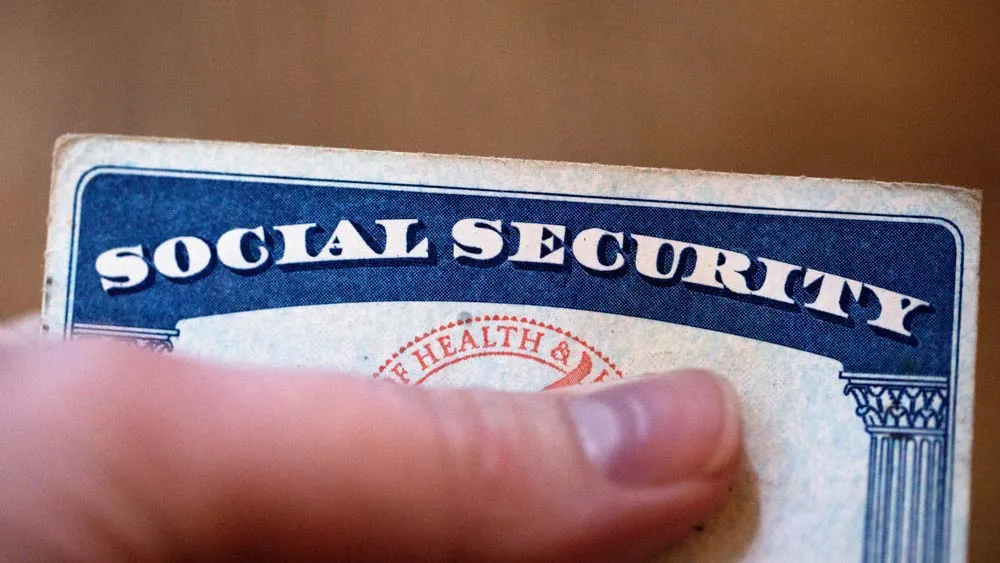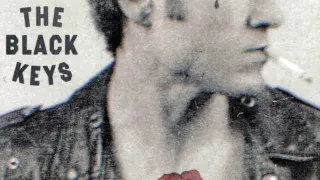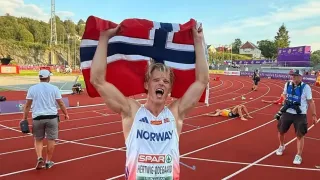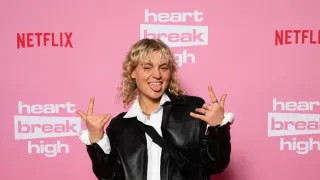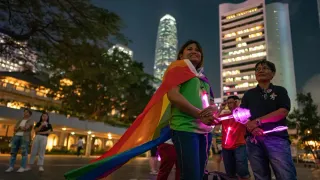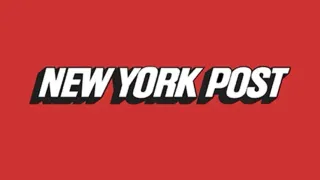July 30, 2016
Work on Stalled San Francisco LGBTQ District Expected in 2017
Matthew S. Bajko READ TIME: 5 MIN.
Work on the long-stalled creation of an LGBTQ cultural heritage district in part of San Francisco's South of Market neighborhood is expected to begin in 2017, the Bay Area Reporter has learned.
It has been three years since the Board of Supervisors called for establishing such a special use district in western SOMA when it adopted the Western SOMA Community Plan. The planning document also called for a separate Filipino cultural heritage district centered on Sixth Street.
While work on the special Filipino zone advanced earlier this year, the LGBTQ district has continued to languish. Initially, planning department staff pointed to the need to first complete the Japantown Cultural Heritage and Economic Sustainability Strategy.
Yet after that document was approved in the fall of 2013, little attention has been given to the LGBTQ district. Focus instead in recent years has gone toward the adoption of a local historic context statement that surveyed the entire city's LGBTQ history.
That document, completed last fall, noted that a citizens advisory committee for the SOMA LGBTQ district was supposed to be formed "to guide the planning department on support for LGBTQ businesses, preservation of cultural heritage assets, and leverage of Community Benefit Agreements." Yet no such advisory body has been formed to date.
In the fall of 2013, District 6 Supervisor Jane Kim, who represents western SOMA, had told the B.A.R. it was up to community leaders to see that the LGBTQ district become a reality.
During an interview this spring, Kim said her office was "slowly reaching out" to LGBTQ community leaders about creating such a district. She noted the delay in its creation partly had to due to its novelty.
"The city has never done this before," said Kim.
Several SOMA LGBTQ community members contacted by the B.A.R. in the last week said they had yet to be invited, either by Kim's office or the planning department, to any meetings about a SOMA LGBTQ district. (Kim's office did not respond to the B.A.R. 's inquiries for this story on if it had or would begin holding meetings about forming the district.)
For several years now SOMA leaders have been busy pushing for the creation of a leather-themed public parklet on 12th Street in front of the gay-owned Eagle bar, as well as helping to craft LGBTQ historical place-making elements for the redesign of Ringold Alley between 8th and 9th streets, once a popular late-night cruising area for gay and bisexual men.
Backers of the pair of streetscape projects, which are being financed by developers of adjacent housing developments, have touted them as helping to push forward the LGBTQ cultural district. While work on the alleyway is ongoing and expected to be completed next year, the developer of the parklet has yet to formally propose its plan to the city's public works department, which needs to sign off on the required permits.
"We are not waiting around for anyone to tell us what to do. Our best chance is to work with developers to memorialize our history," said Demetri Moshoyannis, executive director of Folsom Street Events, which produces this Sunday's Up Your Alley fetish fair and the larger Folsom Street Fair in late September. "Nobody wants to be forgotten."
Two weeks ago, in calling for a hearing on how to preserve the city's dwindling LGBTQ nightlife venues in response to the possible closure of the Stud bar, gay District 8 Supervisor Scott Wiener also asked for a status update on the LGBTQ cultural district. While he was the lone vote against the Western SOMA Community Plan, due to his contention its zoning changes would be harmful to LGBTQ entertainment establishments, Wiener does support the LGBTQ cultural district.
"The Board of Supervisors has required this LGBT cultural district be created in western SOMA. It has been about three or four years since we passed this requirement," said Wiener, who is facing off against Kim this fall for the city's state Senate seat. "I know it is in process in the planning department. It has taken a while and I want to make sure it moves forward."
In response to the B.A.R.'s questions about the status of the LGBTQ cultural district, a spokeswoman for gay Planning Director John Rahaim said this week that "he's looking forward to the LGBTQ cultural district work starting in early 2017."
And Timothy Frye, a historic preservation officer with the department, told the B.A.R. there was "nothing new to report just yet. We are preparing for the hearing and will have more information in the next few weeks."
The supervisors' land use committee, which meets Monday afternoons, is expected to hold a hearing on the matter sometime in early September. Wiener, who spoke to Rahaim prior to calling for the public hearing, said he is confident it is on the department's radar.
"I think some preliminary work is happening, but it won't move in a significant way until next year," said Wiener. "It has been a very long process."
Protecting Historical Ties
As the B.A.R. has previously noted, calls for protecting SOMA's historical ties to the LGBTQ and Filipino communities were first raised in 2008. A document released in 2011 established the boundaries for an LGBTQ Social Heritage Special Use District, with Folsom Street from 12th to 3rd streets serving as the central thoroughfare.
Ideas for how to create the district ranged from renaming streets in honor of LGBTQ historical figures and creating walking tours of the area to designating certain sites and buildings as being of LGBTQ historical significance.
The western SOMA zoning document listed such steps as surveying, identifying, and evaluating historic and cultural heritage resources in the designated zone, like events and alleys with ties to the LGBTQ community, and called for the creation of a timeline and implementation plan to achieve the policy objectives.
During an interview with the B.A.R. in January, Rahaim said the historical evaluation component had been achieved through the historic context statement, which included detailed research on SOMA's gay bars, sex clubs, bathhouses, and leather and fetish scenes.
One of the main issues planning staffers have been struggling with, said Rahaim, is how to define what an LGBTQ cultural district would look like.
"Part of the problem is we haven't decided what 'it' is yet, whether it is a district designation or a program to help businesses or whether it is ultimately some combination of those mechanisms," he said. "This is outside our typical land use controls."
From the community's perspective, there has been a question of who, or what city agency or local group, should take the lead in advocating for the LGBTQ cultural district's creation.
"There are individual people working on these two individual projects," said Moshoyannis, referring to the alley and parklet plans. "But I don't know whose responsibility it is to enact or make sure the western SOMA plan is fully actualized."
It also remains to be seen what impact, if any, will come from having an LGBTQ cultural district in place. It is unclear if it can protect the existing LGBT-owned businesses and nightlife venues from the development pressures sweeping through the neighborhood.
"This is global and happening in major cities. All across the world we are seeing districts with LGBT establishments giving way to development," noted Moshoyannis. "We have seen some businesses go away, like Stompers, and others like the Stud in jeopardy. But there are still many businesses that are here and fighting to stay here. In comparison to many other cities, we have a lot to be grateful."
